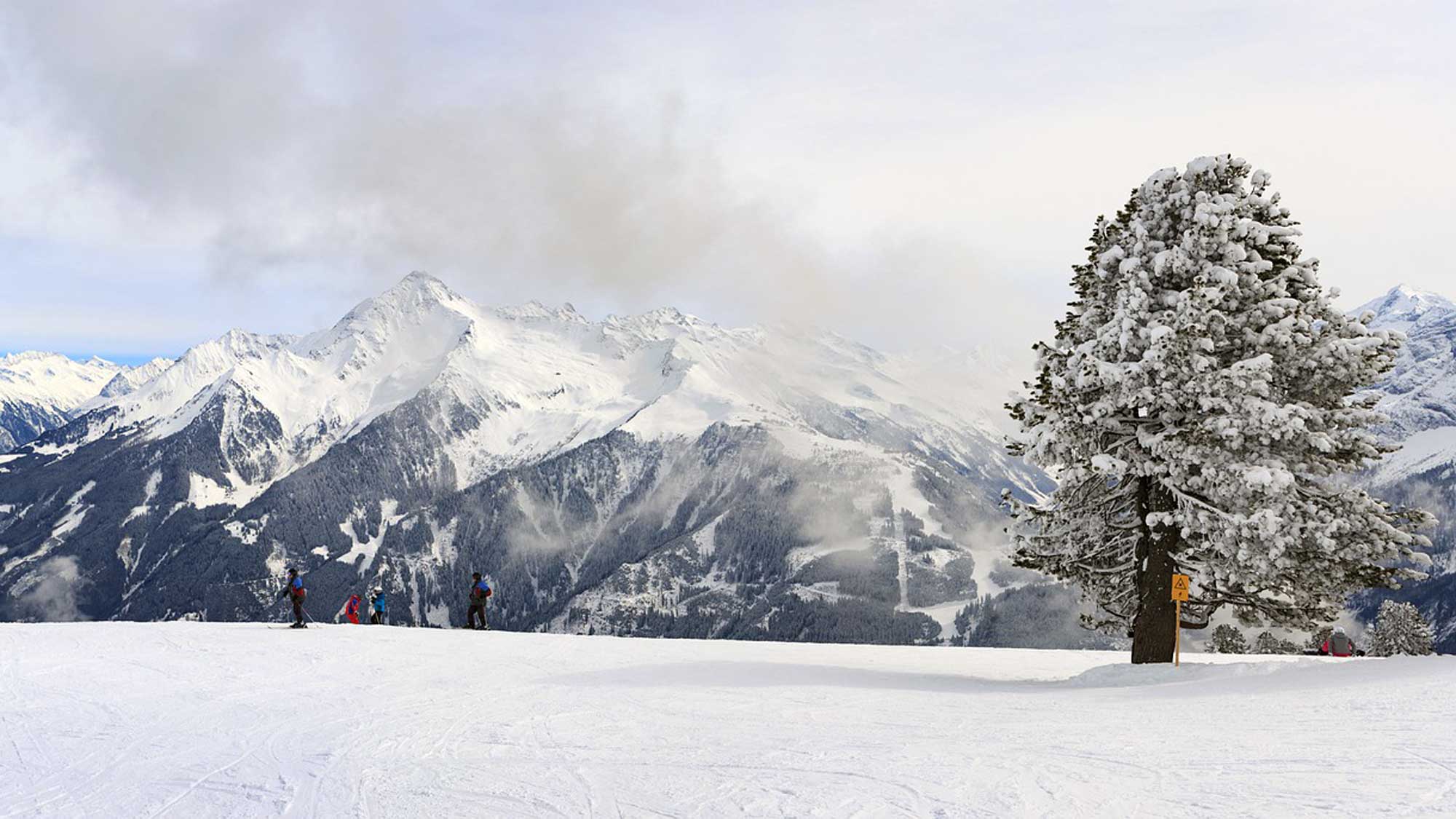10 Tips for Driving in the Snow
There’s snow in the forecast for the Triangle! When there is a winter storm in North Carolina, the best thing to do is hunker down with board games and a warm fire. However, not all of our jobs or personal lives can afford us the luxury of taking a day off and enjoying the wintery mix.
For those of us who may have to face the roads during Raleigh’s winter storm, please keep in mind these tips for driving in the snow:
- Use Discretion. Anytime you’re considering driving in snow, you must first and foremost use discretion. Your safety is more important than wherever you need to be. Do not get on the roads if conditions are unsafe, and if they become more dangerous while you’re driving you should pull over at the nearest safe location.
- Do Some Defrosting. Before you hit the road, warm up your vehicle. This will ensure all your windows and mirrors have clear sightlines through any ice or snow. This is also a great way to make sure equipment is warmed up and working in your car before you hit the road. However, be sure to never warm up your car in an enclosed space such as a garage.
- Take it Slow. When driving in the snow, be sure to accelerate and decelerate slowly. Drive below the speed limit and keep at least 8-10 seconds of following distance between you and the car in front of you. Remember: It takes longer to slow down on icy roads.
- Wear a Seatbelt. Which you always do, right?
- Use Your Lights. If snow is falling, your headlights should be on. If possible, check the position of your headlamp switch and make sure it is set to the dipped beam setting. This will improve your vision and allow other drivers to see you on the road.
- Fill Up. Keep your gas tank at least half-full to avoid gas line freeze-up.
- No Cruisin’. Do not use cruise control when you’re driving on a slippery surface, such as ice, rain, snow or sand. This limits your control as a driver and could result in an accident.
- Keep Going. Avoid stopping as much as possible. Stopping takes longer on icy roads and it can also be hard to get going again once you’ve stopped.
- Know your Brakes. Try to practice threshold breaking by keeping the heel of your foot on the floor and using the ball of your foot to apply firm, steady pressure onto the brake pedal. Quick and sudden use of your brakes can cause your vehicle to lose control and fishtail.
- Climb with Caution. If you’re going up a hill, be sure not to accelerate rapidly – this could get your wheels spinning. Additionally, avoid stopping on a hill – it can be nearly impossible to get moving forward again once you’re stopped on an icy incline.
Be safe out there!


